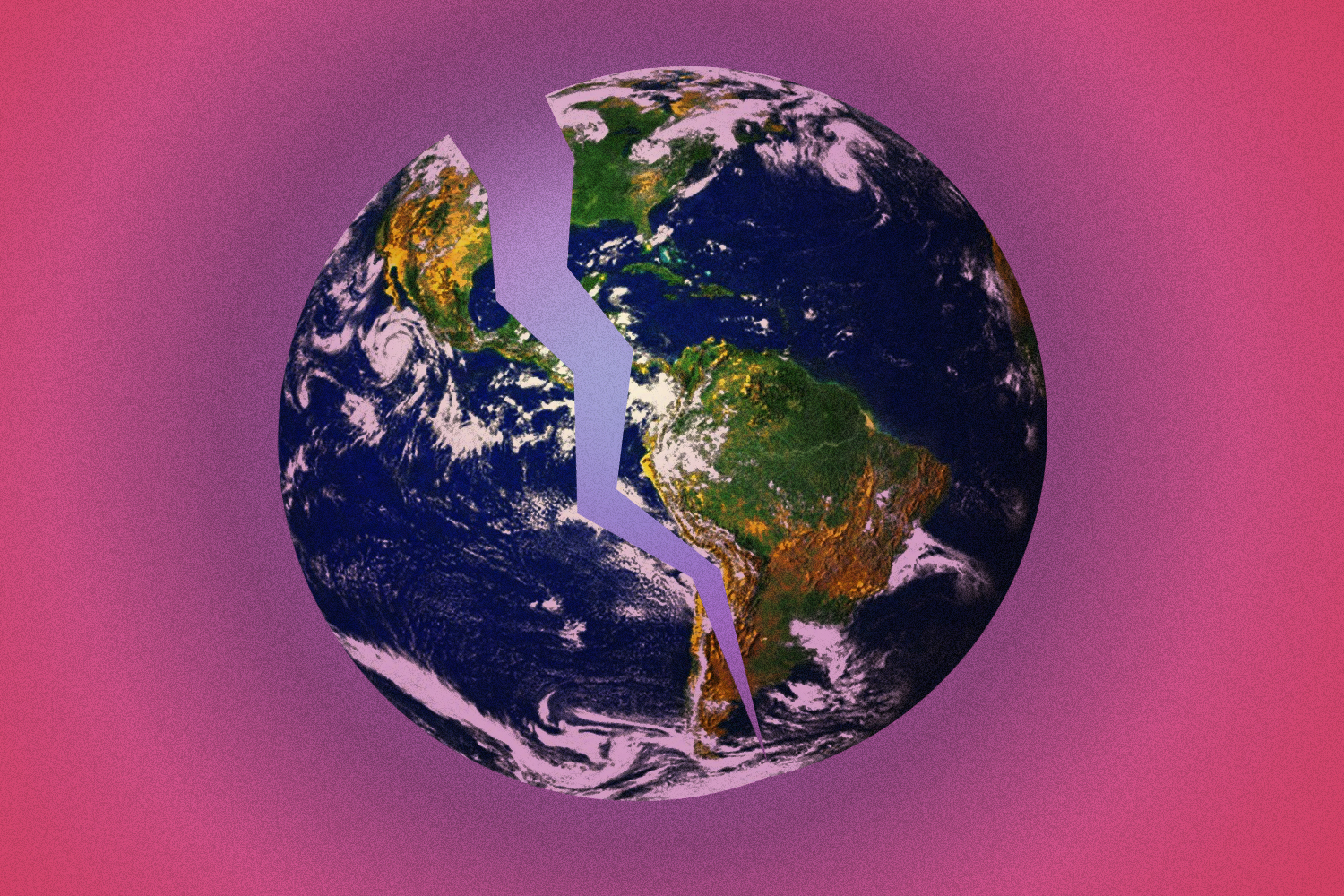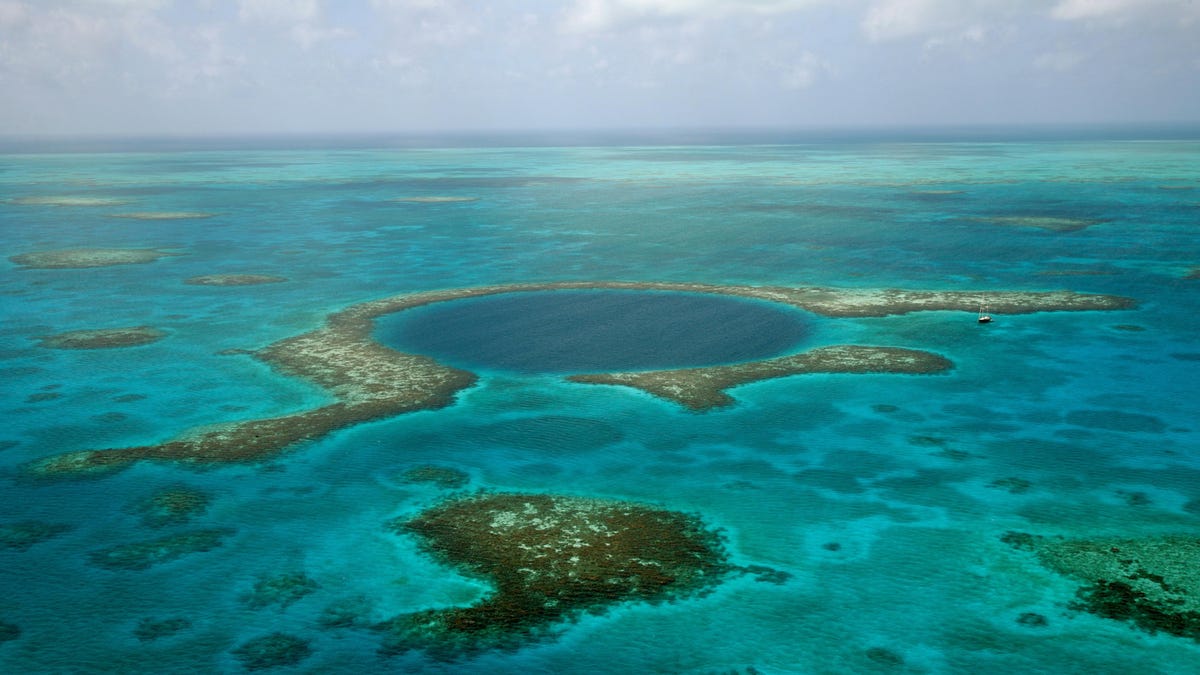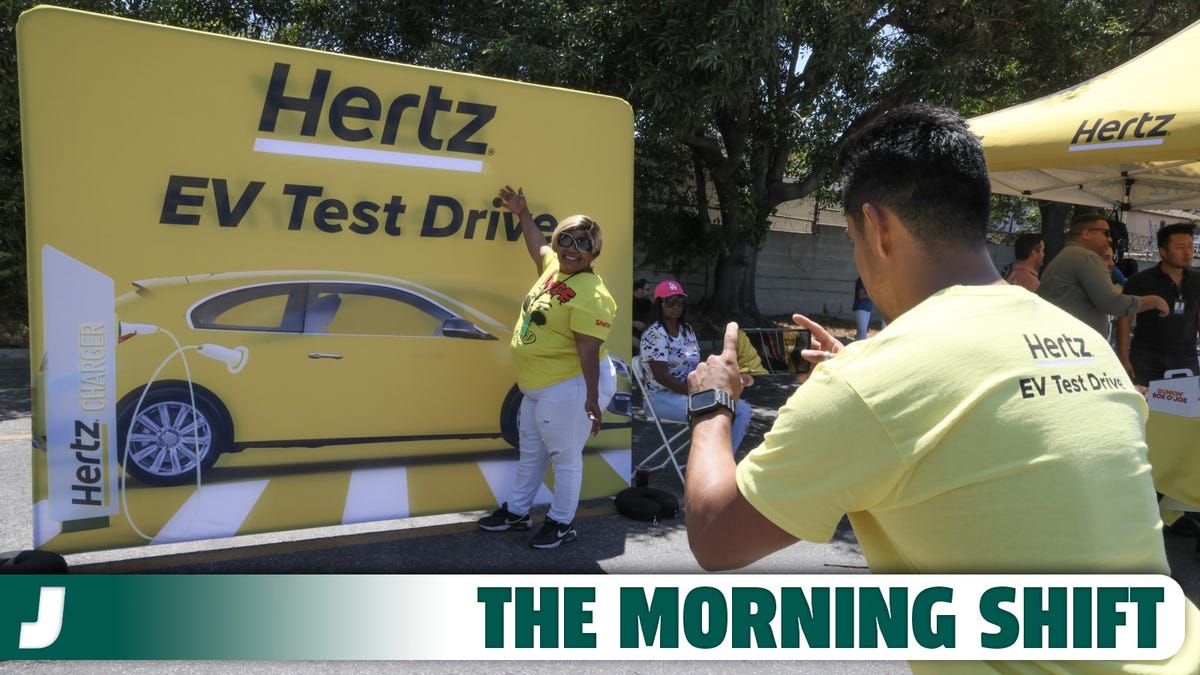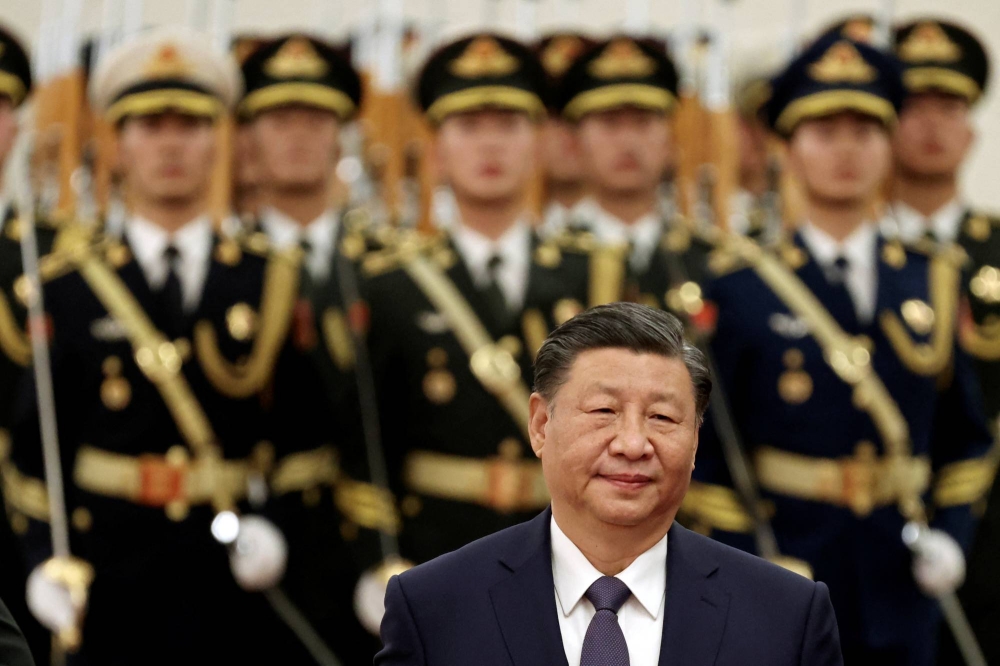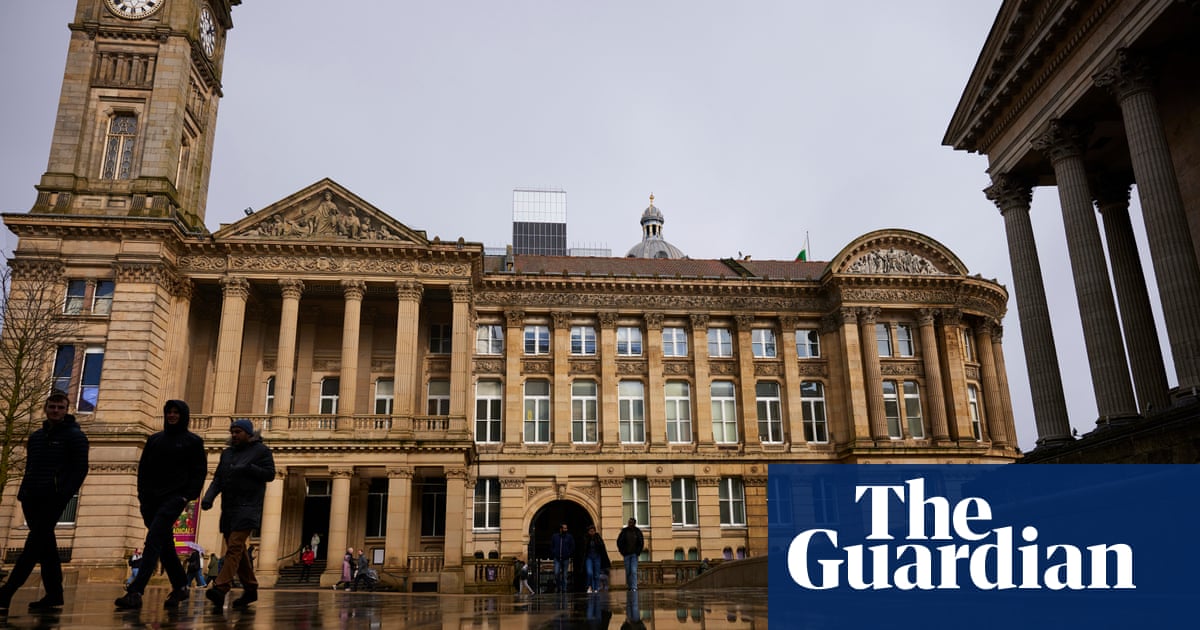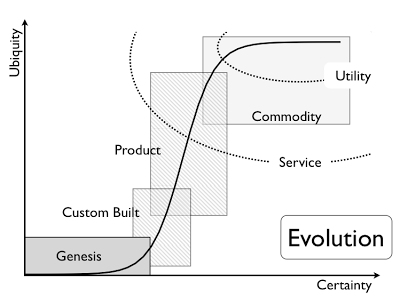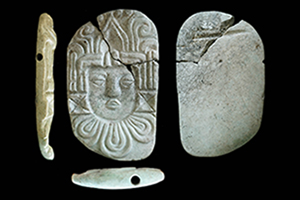
A pivot point in Maya history: fire-burning event at K'anwitznal (Ucanal) and the making of a new era of political rule
We use cookies to distinguish you from other users and to provide you with a better experience on our websites. Close this message to accept cookies or find out how to manage your cookie settings.
Key tipping points of history are rarely found directly in the archaeological record, not least because an event's significance often lies in the perception of the participants. This article documents an early-ninth-century ritual fire-burning event at the Maya site of Ucanal in Guatemala and argues that it marked a public dismantling of an old regime. Rather than examine this event as part of a Classic period Maya collapse, the authors propose that it was a revolutionary pivot point around which the K'anwitznal polity reinvented itself, ushering in wider political transitions in the southern Maya Lowlands.
From an archaeological perspective, the direct observation of historical tipping points is rare. The ‘Big Bang’ that dramatically shifted the organisation and composition of Mississippian Cahokia in the Southeast USA around AD 1050 is well-documented in the sweeping changes to public plaza spaces and shifts in household material culture that followed (Pauketat & Alt Reference Pauketat and Alt 2005; Beck et al. Reference Beck, Bolender, Brown and Earle 2007). But we can now only speculate about the event or events—such as the ceremonial erection of a large cypress marker post in a centre plaza—that crystallised this major transformation of Mississippian history in the minds and memories of the Mississippians themselves. The arrival of Teotihuacanos to the Maya city of Tikal on 11 Eb 15 Mak (16 January AD 378) is recorded in post-factum textual documents and in the archaeological evidence of Teotihuacan presence or influence at the site at around this time (Stuart Reference Stuart, Carrasco, Jones and Sessions 2000; Houston et al. Reference Houston, Ramírez, Garrison, Stuart, Ayala and Rosales 2021; Moholy-Nagy Reference Moholy-Nagy 2021), yet the arrival itself, occurring as a distinct event, is unknown in material terms. Such monumental events are historically contingent and emerge from the structural patterns and contexts of socially embedded ways of being (Marx Reference Marx 1963; Giddens Reference Giddens 1984). Yet, some moments stand out as particularly ‘eventful’; embodying simultaneously the termination of an era and the emergence of possibility (Sahlins Reference Sahlins 1985, Reference Sahlins 2005; Sewell Reference Sewell 1996).
